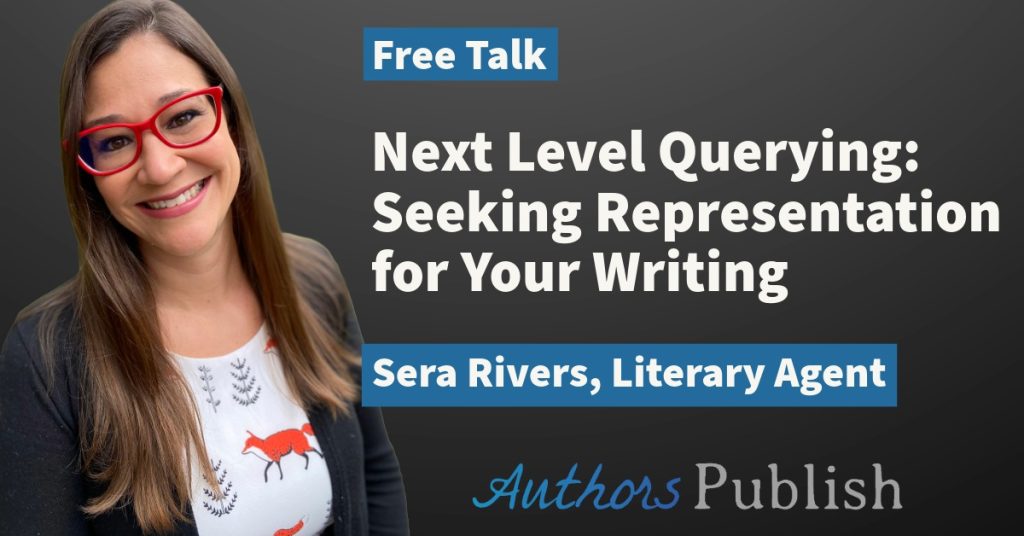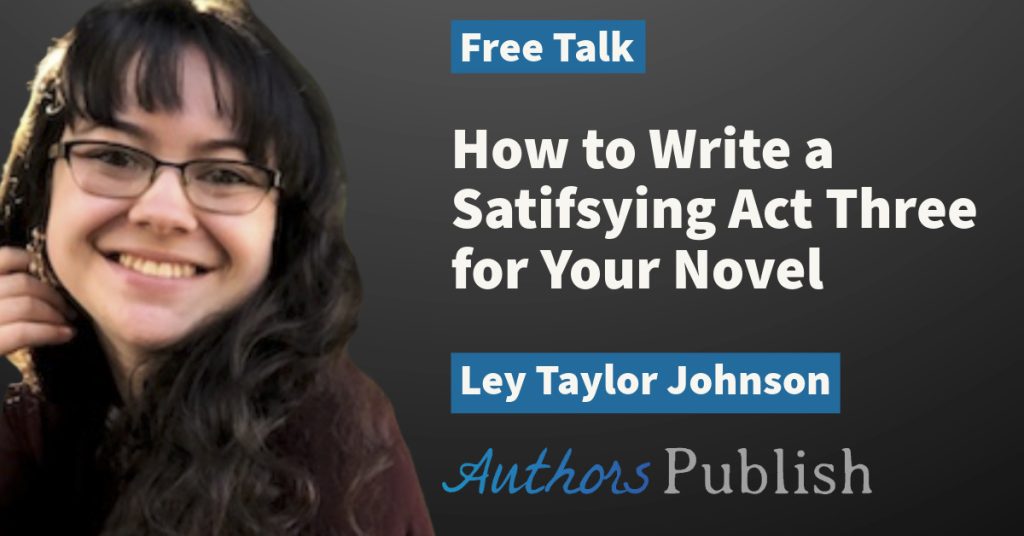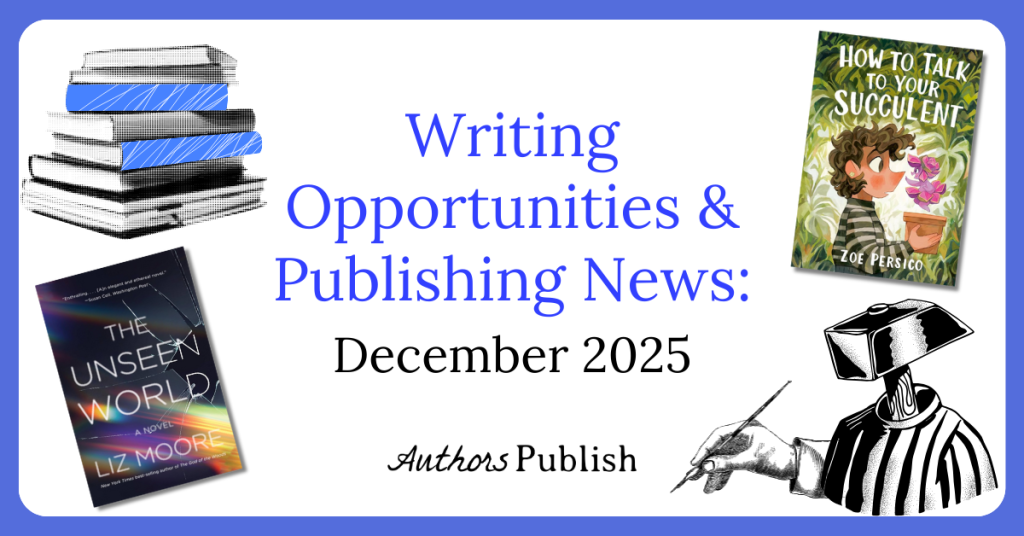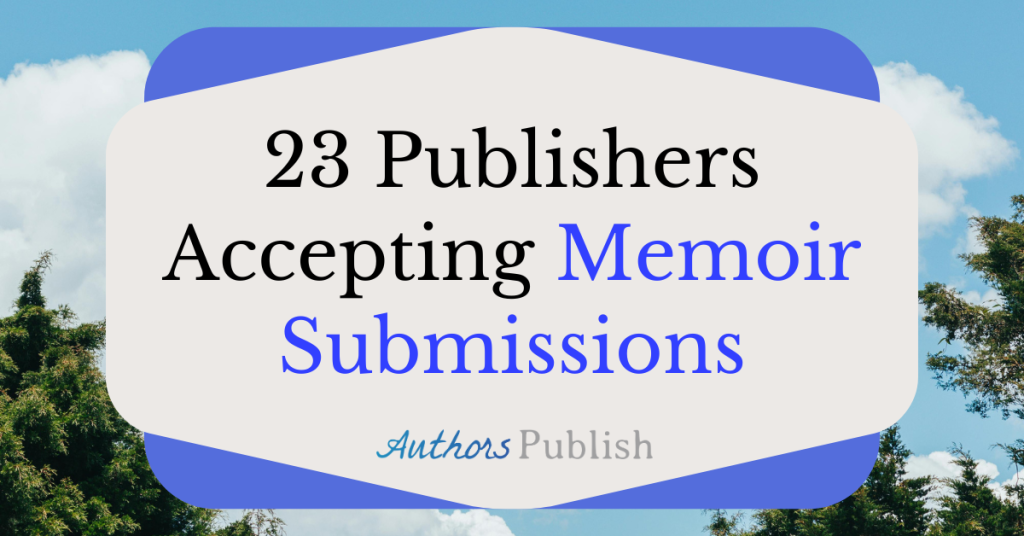By Julie Artz
There’s a reason I advise my book coaching clients to write their query before they draft their full manuscript, and it’s not so that they’re ready to query agents or editors as soon as the first draft is done.
A good query letter:
- Identifies your genre, age category, and comp titles
- Illuminates your “Why”
- Answers the four essential questions your query (and your story) must answer
- Distills the heart of your story into 300 words or less in a way that leaves agents, editors, and readers wanting more.
And if you can do that, you likely have a good handle on the big picture of your story as well.
A Query Case Study
I work with writers from the initial spark of an idea all the way through the publication process, so when a writer I’d helped plan and revise her memoir reached out to say she wasn’t getting the agent feedback she’d hoped for a few years ago, I immediately asked to take a look at her pitch package. What I saw there told me the query wasn’t the issue, but instead there was a story problem that needed to be addressed in the manuscript before she continued querying.
At one point in our conversations, she asked me how I knew there was a story problem just from reading the query. Initially, I thought the answer was just reading the hundreds of queries I’d read in my time first as a Pitch Wars mentor and then as a book coach. But once I gave it more thought, I was able to define my own method for assessing queries.
So let’s take a peek behind the curtain together. Here’s the original query:
Is it worth risking a “good enough” life to find out who you really are? That’s the question I wrestle with in GRAVEYARD OF SAFE CHOICES, a memoir complete at 70,000 words.
I was a good girl and a rule follower. A Harvard lawyer turned ambivalent stay-at-home mom. But everything changed when my nest became empty and an inner voice urged me to spill unspeakable thoughts onto the page. The path that emerged seemed impossible to follow. Leave my thirty-year marriage. Come out as queer even though I’d never kissed a woman. Say yes to my desires while those I loved most urged me to stay the course.
Overall, this is a solid query. It’s short, to the point, and has plenty of character, and even a pretty good sense of tension. And yet, it also seemed like the query for a different book—the one the author had set out to write, but not the one she’d ultimately written. The pages confirmed my initial fears. Neither the query nor the opening pages contained the promise to the reader that was at the heart of what the story was really about, which was about deeper stakes than a divorce or even coming out.
Here’s the revised query we sent to her eventual publisher, University of Wisconsin Press, once we’d finished revising the manuscript to match:
GRAVEYARD OF SAFE CHOICES is a 77,000-word memoir that speaks to women at midlife and LGBTQ+ folx who are hiding in metaphorical closets, longing to live out loud but afraid of the cost. It will appeal to readers of Untamed by Glennon Doyle, In the Dream House by Carmen Maria Machado, and Self-Made Woman by Denise Chanterelle Dubois, a title in your Living Out series. Both a page-turning and mysterious love story and a meditation on what it means to follow your gut, GRAVEYARD OF SAFE CHOICES is a story of learning to take risks to achieve the kind of life and love you’d always dreamed of.
When a single editorial comment opens an empty-nester’s eyes to the truth about her feelings for her best friend, she must choose between maintaining her thirty-year “perfect” marriage and life of heterosexual privilege or leaning into the unspeakable feelings rising within her and throwing a bomb into her family’s ecosystem. Will Suzette put aside decades of denial, a lifetime of playing it safe, and the critical voices inside and outside her all for a chance to feel fully alive? Weaving the past and present through a fractured, nonlinear story structure, GRAVEYARD OF SAFE CHOICES is about gender roles and sexuality, faith and spirituality, identity and motherhood, head knowledge and body wisdom, but ultimately it is about reclamation of self, at any age.
That reclamation of self is Suzette’s “Why” for writing the story. And the promise to the reader is so much clearer than the original. The safe choices are here in the final query, but instead of being the center point of the whole story, they are the background from which the eventual story, and Suzette’s new authentic life, emerged. Also note that the publisher suggested a title change to The Only Way Through is Out, which felt like the absolute perfect title for this powerful memoir.
The Four Essential Questions
Once Suzette’s memoir sold, I codified the Four Essential Questions your query—and your story—must answer:
- Character: Who is your main character?
- Story Goal: What does she want?
- Obstacle: What is standing in her way?
- Stakes: What’s at stake if she doesn’t achieve her goal?
Then I set about looking for other examples of pitches and jacket copy. Without exception, every jacket copy I read, every query I looked up from success story interviews, answered these four essential questions. Here are the online sales descriptions for two of my favorite recent titles:
The House In the Cerulean Sea by T.J. Klune
Linus Baker is a by-the-book caseworker in the Department in Charge of Magical Youth. He’s tasked with determining whether six dangerous magical children are likely to bring about the end of the world.
Arthur Parnassus is the master of the orphanage. He would do anything to keep the children safe, even if it means the world will burn. And his secrets will come to light.
The House in the Cerulean Sea is an enchanting love story, masterfully told, about the profound experience of discovering an unlikely family in an unexpected place—and realizing that family is yours. (from Amazon.com)
I intentionally chose two multiple point-of-view (POV) stories for these examples because I often hear writers say getting their pitches down to less than 200 words is impossible. So let’s take a closer look at the first example. It’s important when writing a pitch for a multiple POV story that you make it very clear not only what each character wants, but how each character’s story goal is an obstacle to the other’s. One of these characters (Linus) is charged with investigating the very children the other character (Arthur) will burn the world down to protect. That gives us a clear sense of conflict, while at the same time showing the stakes—there are secrets, there’s a job on the line, there are children on the line, and the world as a whole may very well be in danger. That’s a lot of work in very few words.
Little Fires Everywhere by Celeste Ng
In Shaker Heights, a placid, progressive suburb of Cleveland, everything is planned—from the layout of the winding roads, to the colors of the houses, to the successful lives its residents will go on to lead. And no one embodies this spirit more than Elena Richardson, whose guiding principle is playing by the rules.
Enter Mia Warren—an enigmatic artist and single mother—who arrives in this idyllic bubble with her teenaged daughter Pearl, and rents a house from the Richardsons. Soon Mia and Pearl become more than tenants: all four Richardson children are drawn to the mother-daughter pair. But Mia carries with her a mysterious past and a disregard for the status quo that threatens to upend this carefully ordered community.
When old family friends of the Richardsons attempt to adopt a Chinese-American baby, a custody battle erupts that dramatically divides the town—and puts Mia and Elena on opposing sides. Suspicious of Mia and her motives, Elena is determined to uncover the secrets in Mia’s past. But her obsession will come at unexpected and devastating costs.
Little Fires Everywhere explores the weight of secrets, the nature of art and identity, and the ferocious pull of motherhood—and the danger of believing that following the rules can avert disaster. (from Amazon.com)
In the second example, we know right up front what type of character Elena Richardson is, and what she values: order. So it’s immediately clear how the arrival of free-spirit Mia is going to throw a wrench into Elena’s carefully planned world. With that character-level conflict in mind, we get a great idea of how the plot is going to play out once they choose sides in this custody battle. And the pitch wraps up with an ominous allusion to the “devastating costs” that become clear from page one in the story, which opens with the Richardson house burning to the ground.
If you’re working on a story you plan to pitch to agents or editors, or plan to self-publish, you’ll need both your story and either a query or jacket copy that answers the four essential questions. As I said in the opening, I recommend creating that query or jacket copy sooner rather than later—it can be a vital part of your planning, drafting, and/or revision process. So no matter where you are with your work-in-progress, consider pausing now to write your pitch. If you need additional inspiration, take a look at the jacket copy for your comparable titles or even for some books of similar genre and age category sitting on your bookshelf and see if you can answer the four essential questions based on what’s there. Then apply the four questions to your own story. You may just find that you identify a story-level problem with this simple, but powerful exercise, which will save you time and frustration in your revisions.
Bio: Julie Artz spent her young life sneaking into wardrobes searching for Narnia. When people started to think that was creepy, she went in search of other ways to go on mystical adventures. Now she finds those long-sought doors to magical story worlds in her work as an author, writing instrutor, and book coach. An active member of the writing community, she has volunteered for SCBWI, TeenPit, and Pitch Wars and is a member of the EFA, the Authors Guild, and AWP. A social and environmental justice minded story geek, Julie lives in an enchanted forest with her husband, two strong-willed teenagers, and two naughty furry familiars. Subscribe to Julie’s weekly newsletter, Wyrd Words Weekly, and get her free Craft Your Query workbook full of more tips on writing an effective query.
You can also join the waiting list for her course on Plotting, Planning, and Drafting Your Novel here.






